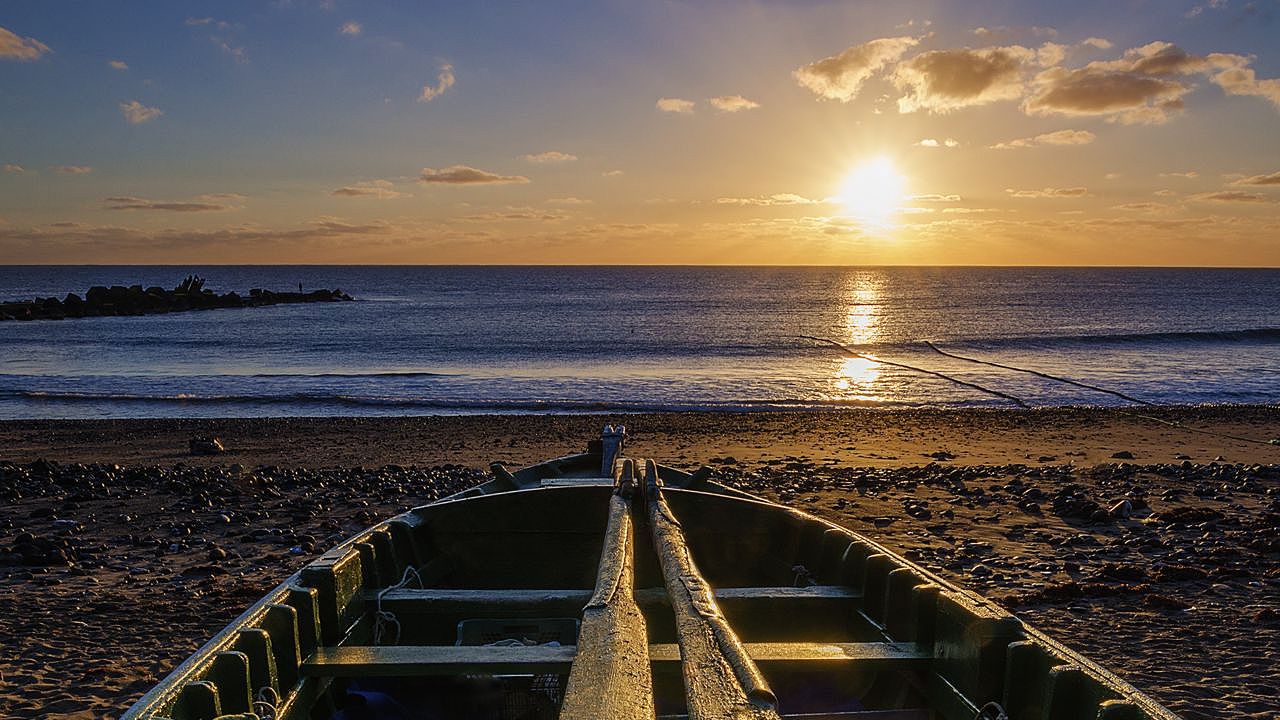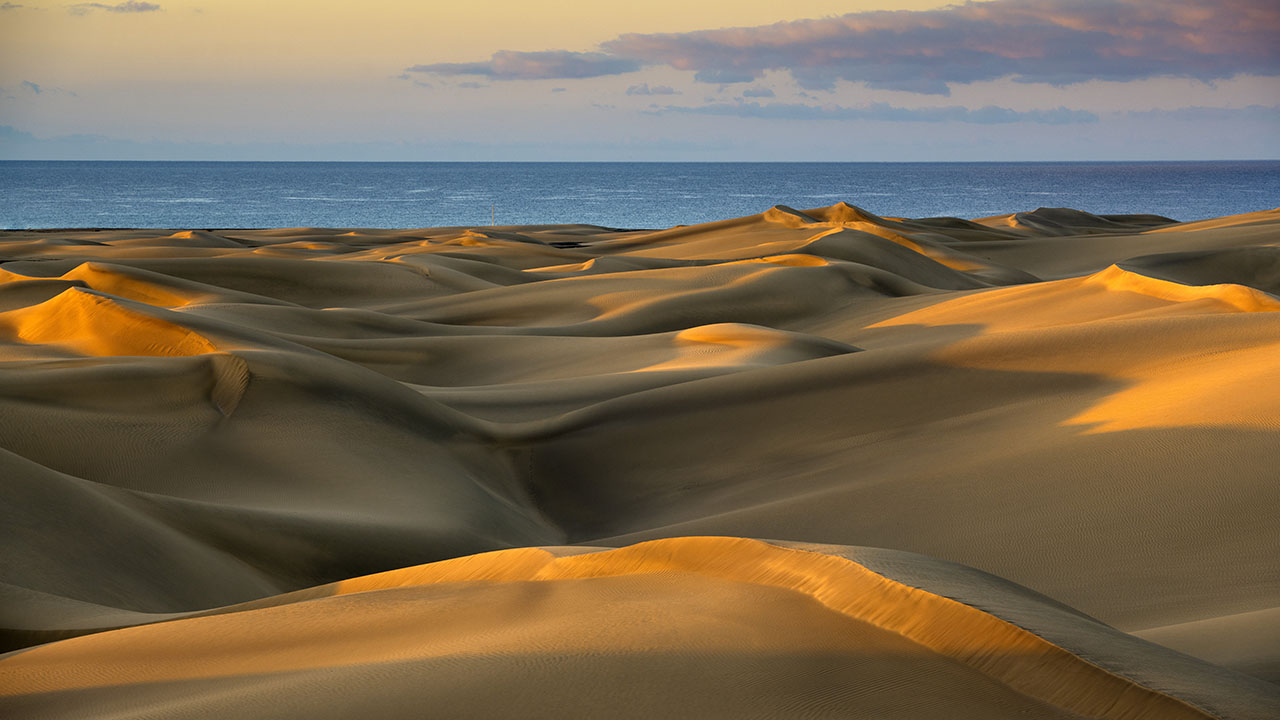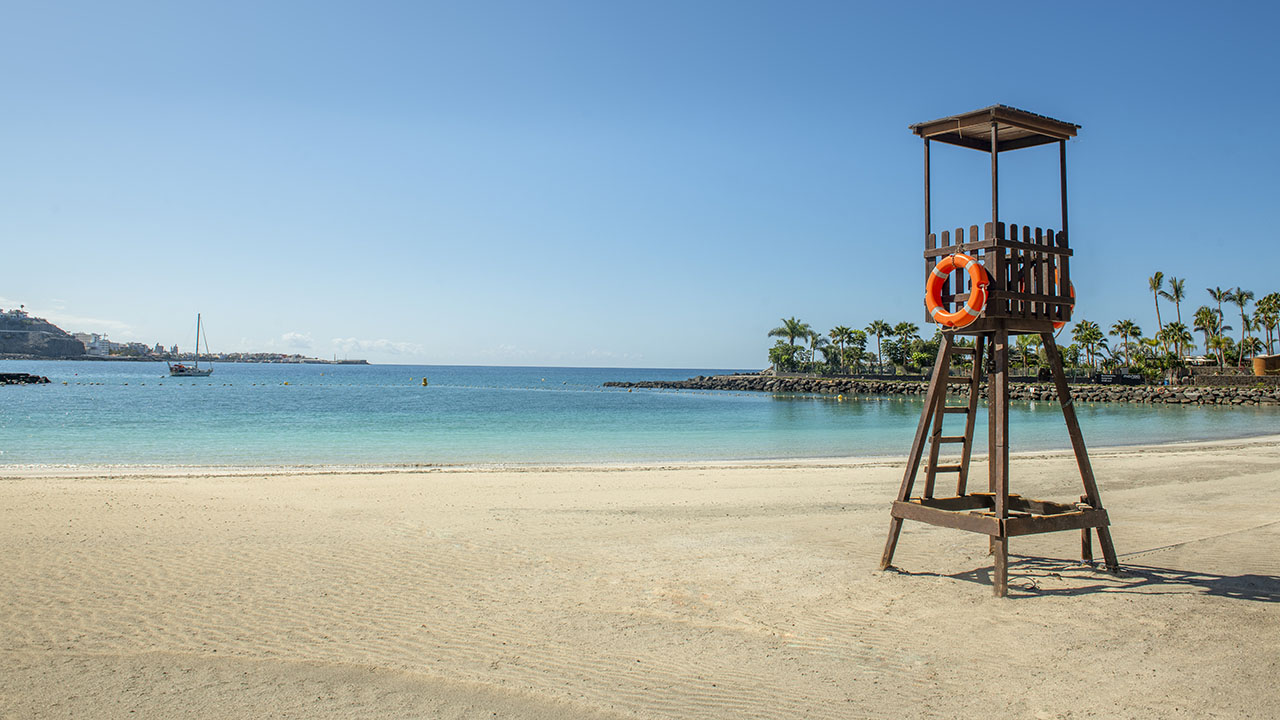Burrero Beach: its sea and its people
El Burrero Beach, in Gran Canaria, has a clearly defined personality and a history etched in salt letters.
The town of El Burrero spends its days with one foot on land and the other in the Atlantic. This coastal spot is an extension of the sea that laps up to the vibrant shores of the municipality of Ingenio, in Gran Canaria. They are like two worlds that blend in together and are constantly overlapping eachother. Hence there are houses whose entrances bear the sculptures of dolphins, while others have giant snails decorating their inside walls, and even huge waves with slim palm trees painted onto walls.
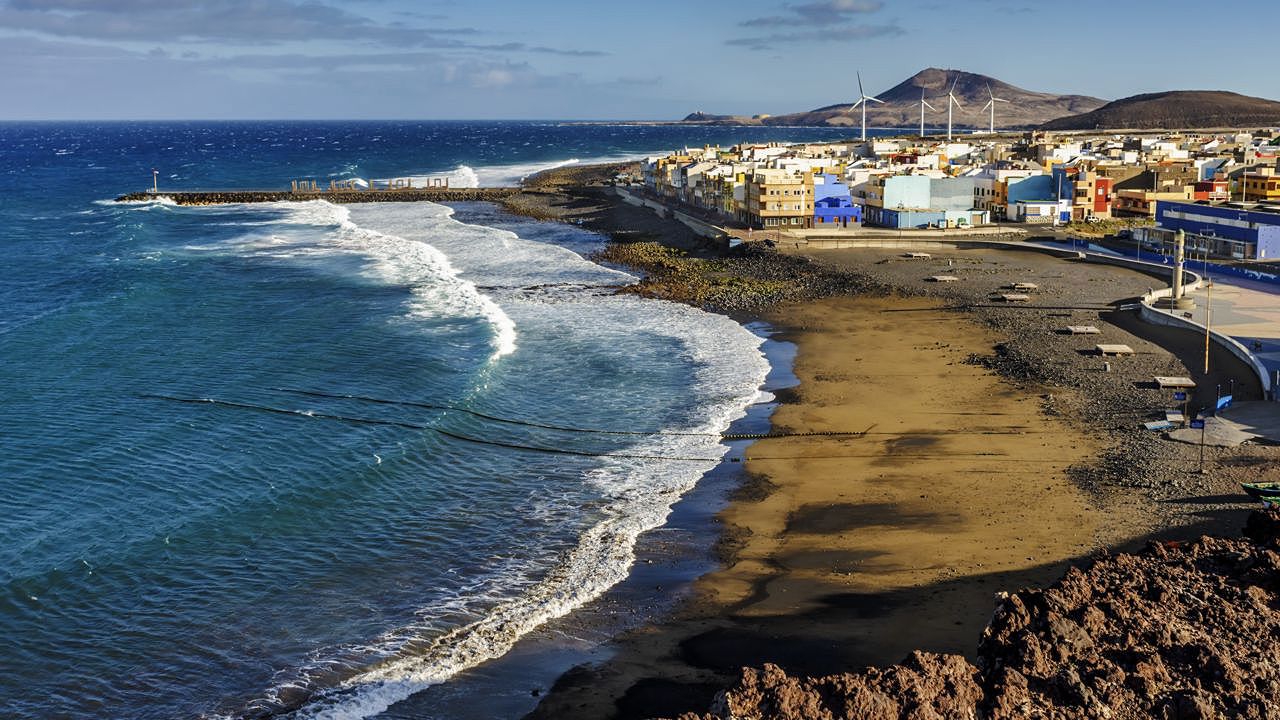
On our way to the nearby beach of El Burrero, this happy confusion persists in the form of street names, from the one dedicated to fisherman Gregorito, to others whose denomination is inspired by natural and marine elements, such as: Popa, Barlovento and Sotavento… The sea and the breeze have left their mark here on a territory which is crossed by the attractively-named Aromeros Ravine.
El Burrero Beach also has its very own guardian, called El Roque, a rocky volcanic formation which provides both shelter and an almost sculptural finish to this northern sandy vertex. This outcrop measuring nearly ten metres in height is part of daily life for the locals, who have made it a reference point and a place to meet up at, as well as providing an access point to the crystal clear waters of La Bartola, La Aguaíza or even the so called Marfea around the back, which when the summer winds and strong currents die down in September, allow people more gentle waters for bathing in.
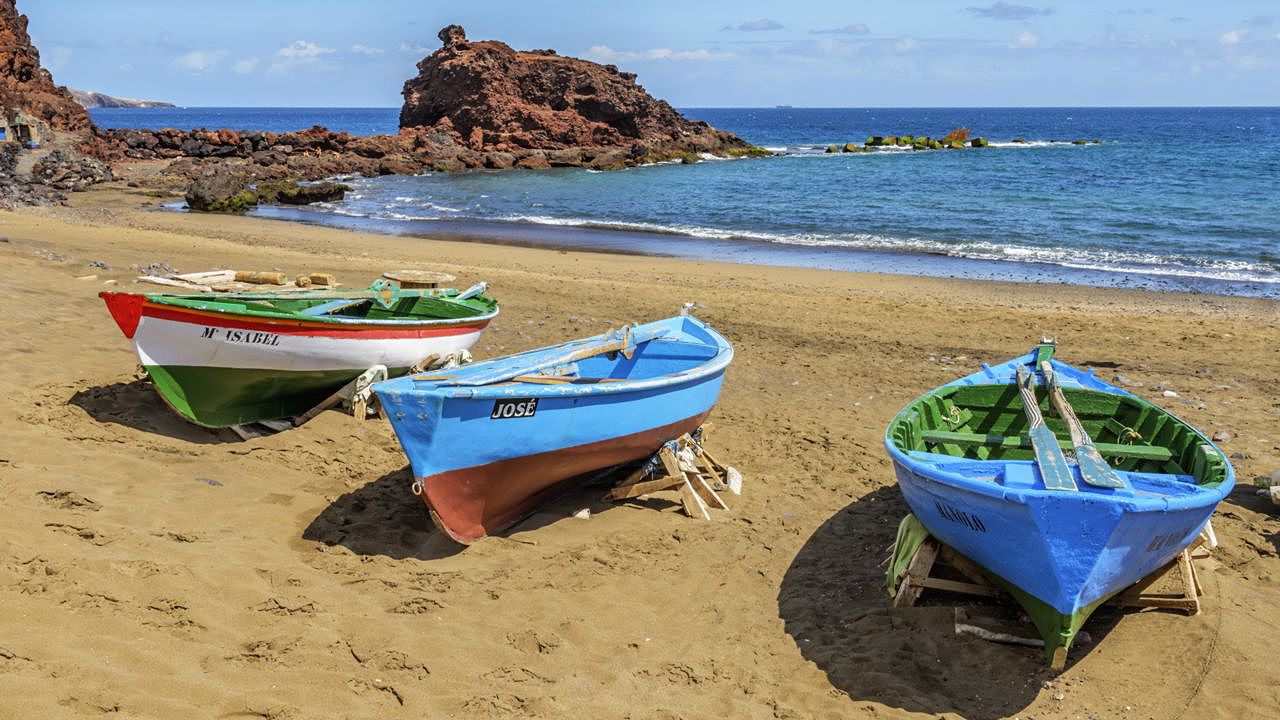
At the foot of El Roque -or Utigrande- and by the arm of the dyke, the Charco del Cura (the Priest’s Pond) forms at high tide, at the area of the beach with the greatest protection from the wind. Opposite here, a sandy headland rises up, known by the locals as Montaña de El Burrero or Vista Alegre, on whose slopes young children play around. The small fishing boats moored on the sand also have their own names, of men, women, mothers and fathers, and sons and daughters. These vessels sail around, each with a story, a memory and a lot of affection.
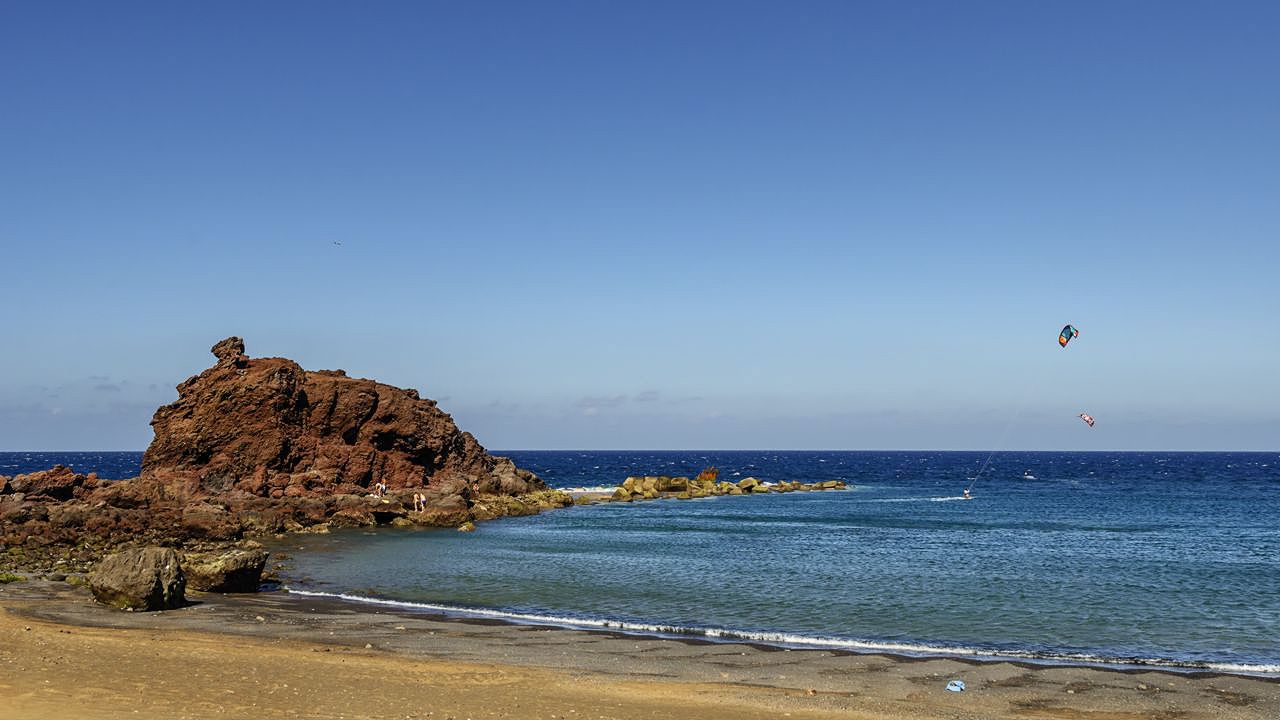
A little lighthouse presides the area with public amenities, from where we can appreciate the multi-faceted personality of the beach, set up both for bathing and for the enjoyment of maritime pursuits, divided up into areas, such as surfing, bodyboarding and windsurfing. In fact, many times world champion Björn Dunkerbeck has praised the natural conditions of the local area for windsurfing, meaning this poet of the wind has also written his name into the history of El Burrero, in his own way.
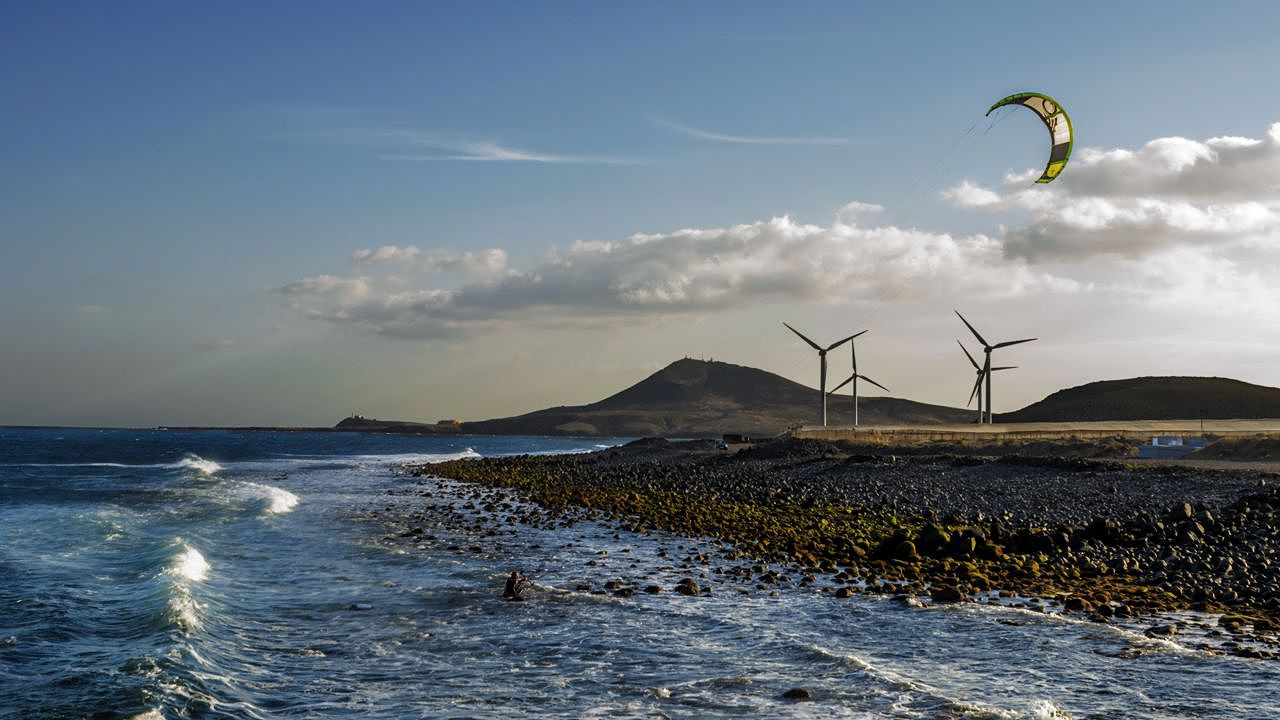
El Burrero also anchors its roots firmly in the past, as is apparent by the presence of a settlement of ancient dwellers on Gran Canaria, on a hillside which can be accessed from San Agustín Beach. The depth and mystery of this beach are enhanced yet further by the presence of an old corsairs’ boat dating from the 18th century, hidden below the sandy sea bed, around four metres below the water’s surface, and barely eighty metres off the coast, like a wave from yesteryear lapping up onto the shores of the present day. It was originally discovered by scuba-diver Tomás Cruz, and archaeologists have since managed to bring up canons, pots and chain links which have helped unite El Burrero with a fascinating history which continues to grow day by day at this melting point of the sea and its people, etched in salty letters.
Related links:
Discover Ingenio

